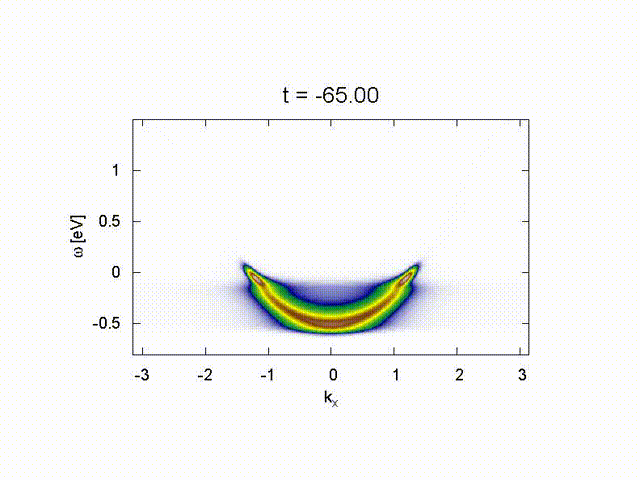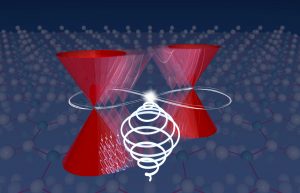##Curious about our research? Learn more about it here!
Our research group uses theoretical and numerical methods to study the behavior of quantum matter at ultrafast time scales. Quantum matter, or quantum materials, are those materials where the quantum mechanical interactions between the atoms and electrons lead to new and unexpected behavior. They are extremely varied, and have a billion potential uses. But, to be able to use them, we need to understand them. This is where ultrafast measurements come in – they allows us to “see” the electrons as they move around and interact with each other. Our group works onthe understanding of quantum materials, ultrafast measurements, and their interactions.
Learn more:
- Not All Analyses Are Equal: Guidelines for Non-Equilibrium Measurements of Many-Body Systems
- What is Quantum Matter?
- How fast is Ultrafast?
- NCSU Abstract: “Creating an Electron-Hole Liquid at Room Temperature”
- Non-equilibrium Physics Explained: 5 Questions with Lex Kemper
- Untangling Complex Interactions – With Lasers
For physicists
Our group studies the emergent properties of complex materials such as superconductivity and topological phases using theoretical and computational approaches. They are particularly interested in how these materials behave when driven out of equilibrium by strong ultrafast laser pulses, either in the optical/IR or X-ray regime. In the same sense that you have to hit a tuning fork to hear its sound, hitting materials with light pulses allows us to examine the properties of the electrons and atoms that make up the materials. We build up a stroboscopic movie of the material constituents, and by analyzing the movie on femtosecond time scales we can glean information about the interactions that lead to the emergent phenomena.
Turning this idea around, we are aiming at controlling materials using the same laser pulses. By picking specific polarizations, we can drive the material from one phase into another, creating the possibility of making ultrafast switches or ultrafast control of material topology, to design them to suit our purposes.
Non-equilibrium spectroscopy

Controlling Material Topology with Light
